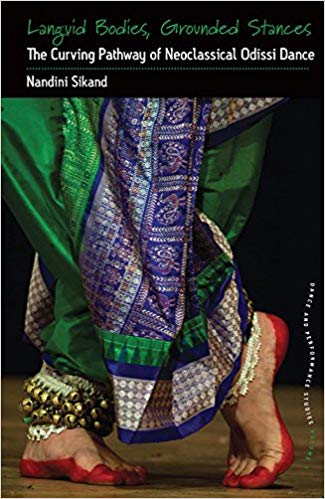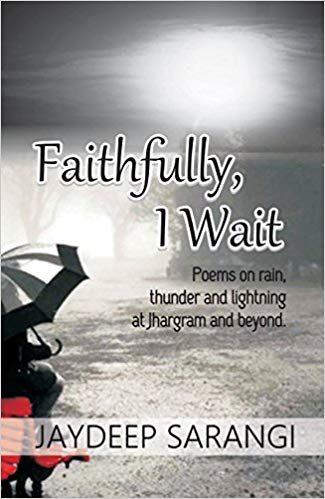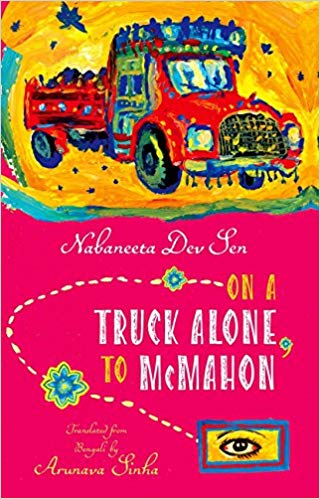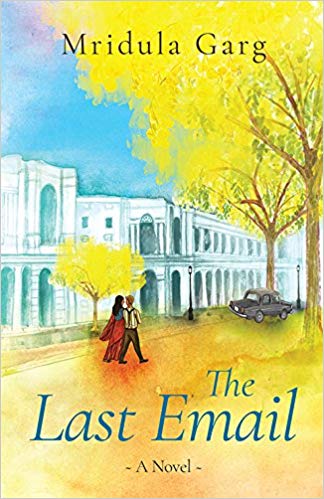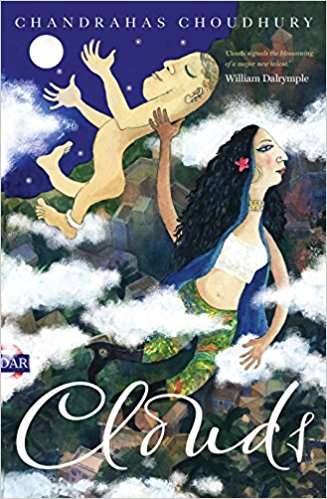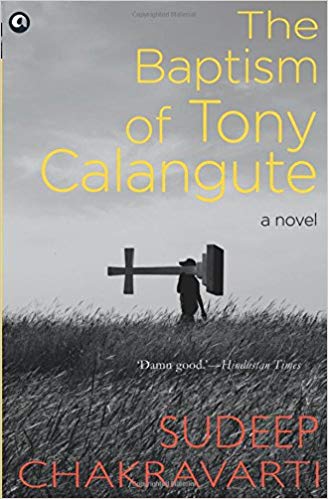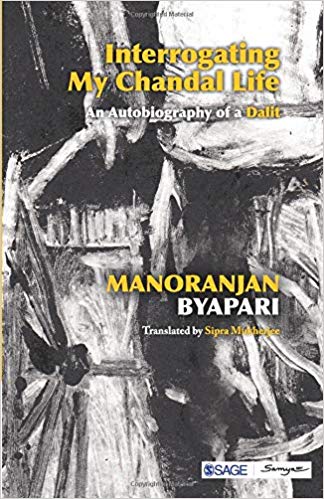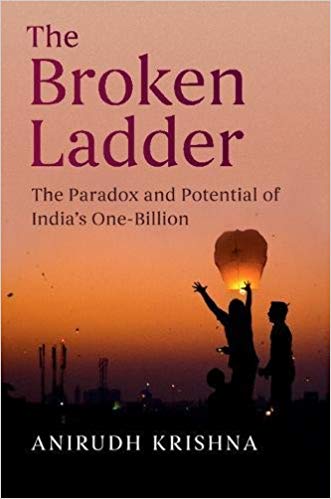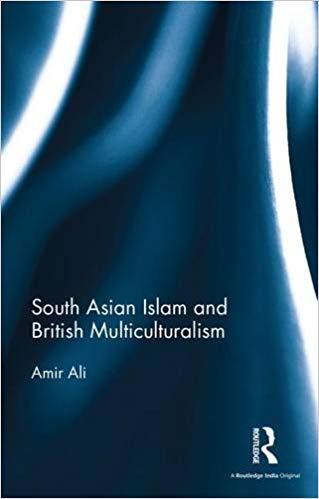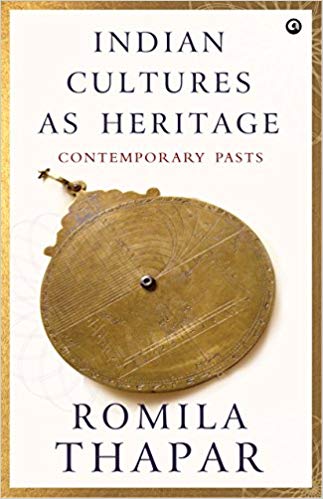A Gluten Free Life:My Celiac Story lives up to its title. It is the story of Jeeva and her life as a celiac. Anyone from an urban, metropolitan background can relate to the story. In an easygoing narrative, she brings forth the issues persons diagnosed with celiac would encounter.
Archives
August 2018 . VOLUME 42, NUMBER 8If a baby is born small and thin, you would want to feed it so it would catch up to a more normal size, right?
2018
In the annals of Indian cricket writing, autobiographies or authorized biographies of cricketers have tended to be boring and boastful accounts. Former cricketer-turned-commentator Sanjay Manjrekar’s Imperfect is not one of these. It has two essential qualities—honesty and self-criticism.
I consider myself a lucky person to have grown up in one of those rare towns of North India where the Indian Coffee House survives and flourishes. The Indian Coffee House, which is a worker run cooperative, still functions in about twenty cities of India and has most of its branches in the State of Kerala.
Thanjavur’s Gilded Gods is a beautifully illustrated volume on the Thanjavur and its allied…
Jaydeep Sarangi has always been a prolific poet; Faithfully I Wait, is his sixth poetry collection. Sarangi lays open his soul in this collection of poems. Reading through the catalogue of his works would enlighten a reader of Sarangi’s oeuvre—a long list of collections, edited anthologies, translations and critiques.
Jaydeep Sarangi has always been a prolific poet; Faithfully I Wait, is his sixth poetry collection. Sarangi lays open his soul in this collection of poems. Reading through the catalogue of his works would enlighten a reader of Sarangi’s oeuvre—a long list of collections, edited anthologies, translations and critiques.
2018
Kalidasa, the Sanskrit poet, is famous for his imagery. When translating his works, the difficulty for the translator would lie in trying to retain the imagery more than finding the equivalent word. In a simple and unassuming manner, AND Haksar manages just that. He successfully creates the mood all over again in the 21st century for English speaking readers.
Dan Brown probably had no idea of the consequences that his books, Angels and Demons among them, would have apart from an author’s expectation that they would sell well, and earn him a fair amount of money. They did that in spades; but they did more than that. They spawned a cult, a new genre of novels that were, if anything, as successful as Brown’s own books in the regions where they were marketed.
Murder in Seven Acts: Lalli Mysteries by Kalpana Swaminathan is a collection of seven crime stories, where all the cases are solved by Swaminathan’s popular detective character, Lalli. The collection derives its name from the sixth story, ‘Murder in Seven Acts’, in which history combines with modern technology in the commitment of a crime and in solving it.
Nabaneeta Dev Sen is a highly acclaimed writer in Bengali literary circles, with her prolific writing across various genres like poetry, short stories, novels, essays, memoirs, and travelogues. She is also a very popular children’s author. On A Truck Alone, to McMahon is the translation of Dev Sen’s travelogue of her journey from Jorhat in Assam to the McMahon Line at the Indo-Tibetan border.
2018
There is something about a spiritual thriller that keeps us glued to the pages of a fast-paced story. Hemis is a unique novel in this less explored genre of Indian Writing in English. One may remember Arun Joshi’s ‘strange case’, a narrative delving into tribal lore, but Madhu Tandan takes us to the picturesque, mystical landscape of Ladakh, to a small monastery in the Hemis sanctuary.
The book Love and Life in Lucknow: An Imaginary Biography of A City, is a work of fiction, narrated in the first person by the author. Every nook and corner of the city has a story to tell. It comprises twenty stories, each forming a different chapter. Some stories have been told and retold since times immemorial.
Playwright par excellence, literary critic, artist, activist, and teacher, CJ Thomas’s work is credited…
2018
There lies tucked in the pages of this novel a moving love story. Nah, not the kind that Hollywood or Bollywood or Tollywood comes up with. On the contrary, this love story is ever so gentle and moving that you simply flow along with words tucked in the emails exchanged between the two: Kevin, a vicar devoted to the political struggle for Scottish independence and Maya, a well-known Hindi author.
2018
Conceived as a short story like Ulysses and penned as one, unlike Ulysses, and having the same gestation period—8 years—as Ulysses, Clouds is Chandrahas Choudhury’s second novel. The parallel may even extend a little further. Writing in the second decade of the twenty-first century and writing in English in India, Choudhury may be said to have faced the same problem that James Joyce did, crafting his modernist fiction almost a hundred years ago.
The genre of the pastoral has a distinguished ancestry, emerging recognizably in ancient Greece in the form of Theocritus’s Idylls, and in Roman times with Virgil’s Eclogues. These poems about bucolic shepherds lamenting the refusal of their ladyloves (for the most part, city-based) to heed their protestations of love had a country setting, and formed a lasting tradition that continues to this day…
Fifteen stories, all about women and girls, mostly in ordinary, everyday situations. What are their experiences? How do they react? How do they cope? What effect do these events have on the characters? These, in main, form the thrust of most of the stories, though there are interesting variations throughout.
The second wave of feminism threw open a basic proposition—the personal is political. Structures of power have historically determined individual agency, so much so that ‘choice’ may not be as autonomous as we would like to believe. The Elephant in the Room is a phenomenological attempt at conceptualizing the ways in which gender is experienced by women.
It stands to reason that Manoranjan Byapari, who was launched into his unusual literary career by no less than Mahasweta Devi, should express not just irreverence but a no-holds-barred anger against the feudal lord turned poet Rabindranath Tagore for his humanistic ideology and his ethical values that do not take into account the grim, stark realities in the lives of people living in the margins.
Democracy is not merely a form of Government. It is primarily a mode of associated living of con-joint communicated experience. It is essentially an attitude of respect and reverence towards fellow men’ (p. l). This quote by Dr. BR Ambedkar is testimony to his ideals of equality and the conception of inclusion of people from all groups in society, with a special emphasis on the depressed classes and the minority groups.
India’s success in remaining a democracy despite considerable odds is viewed and judged primarily in its minimalist/procedural form, encompassing little apart from a multiparty system, regularly held free and fair elections, peaceful and regular transfer of political power on a periodic basis through the electoral route.
A boy struggles to complete high school and he is the first person in his village to do so. A year later, when he cannot find employment, he ends up digging for sand on a dry riverbed. A dairy farmer breaks her hip while milking a cow, and is forced to sell her silver anklets to pay for substandard but expensive medical care.
Multiculturalism as a political idea has gained significance with the encounter of Islam and liberalism in the West. Although the idea is not limited to Islam and Muslims in the so-called liberal societies, the debates surrounding it in the United Kingdom has taken on this unique dimension. Liberalism as an offshoot of Enlightenment has always had a troublesome relation with Islam and its advocates.
We must be bilingual even in a single language, we must have a minor language inside our own language, we must create a minor use of our own language. Multilingualism is not merely the property of several systems each of which would be homogenous in itself…. Not speaking like an Irishman or a Romanian in a language other than one’s own, but on the contrary speaking in one’s own language like a foreigner…
Where does culture live? In the past, or the present? In stony monuments, in hallowed museums and temples and mosques, in laws and codes, or in homes and on the streets, in sights and sounds and assumptions so often taken for granted? Is it everywhere we have touched with the ways in which we live, and the ways in which we imagine our collective lives?






